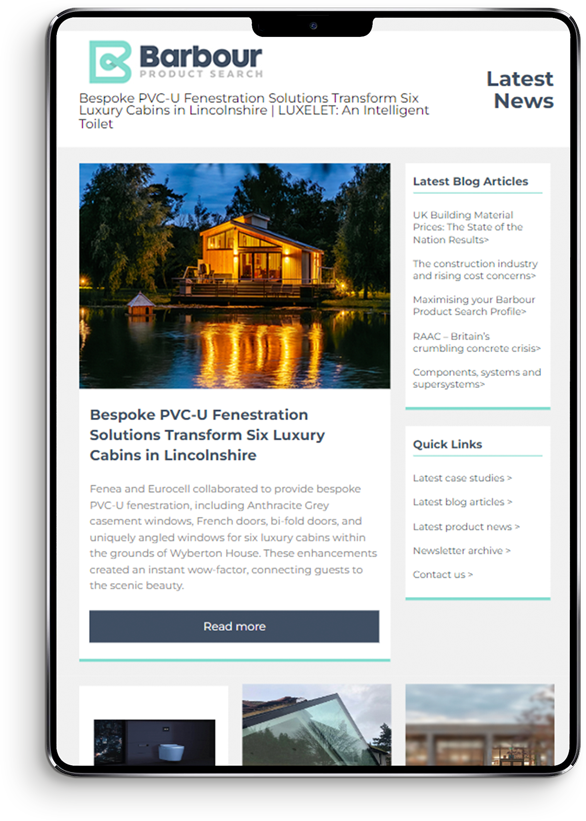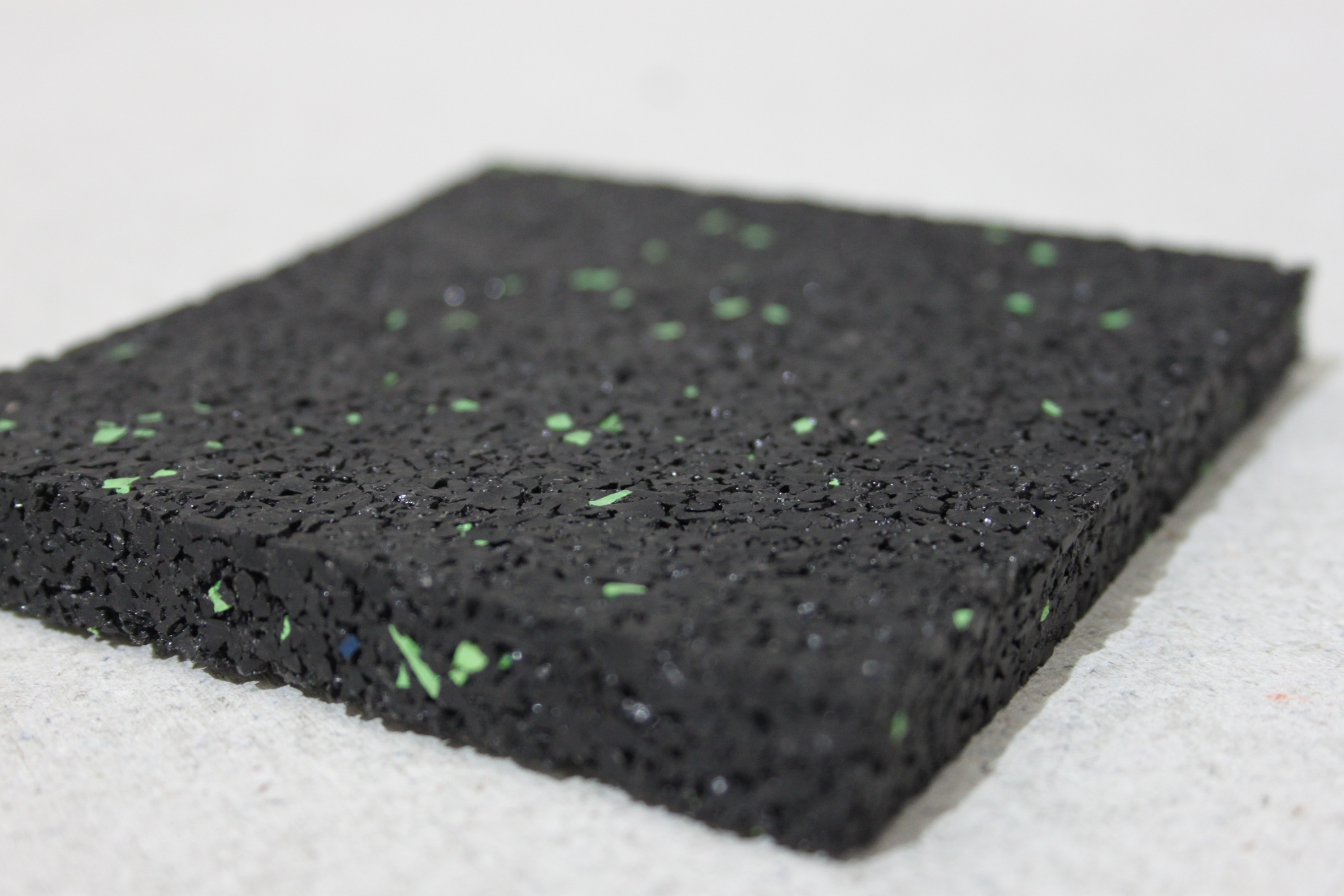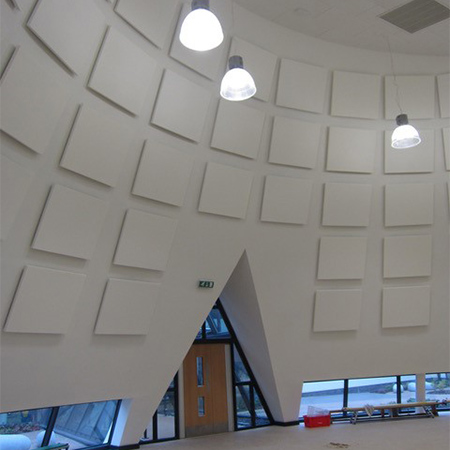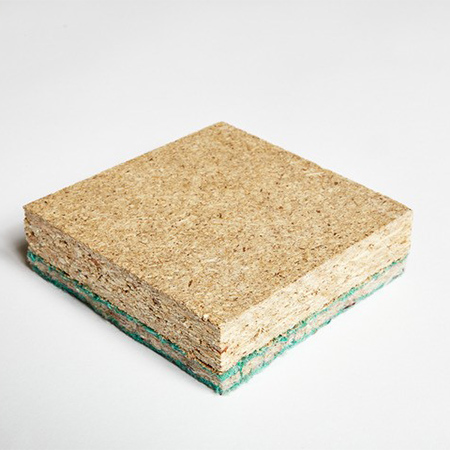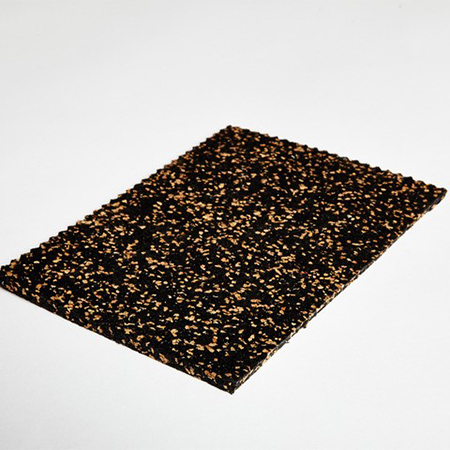Owners of leasehold flats who are planning to change their floorcoverings can gain expert insights from Hush Acoustics to ensure they do not fall foul of a common clause that may restrict their ability to replace carpets with more durable surfaces.
The acoustic product and systems manufacturer is highly experienced in dealing with issues in flats and apartment buildings where neighbours report new noise problems following renovation work. In many cases, this arises because the leaseholder is unaware of the stipulations within the terms of their long term lease designed to minimise noise transfer through separating floors.
To be able to change a floorcovering in a leasehold flat, permission is usually required from the building’s managing agent or freeholder/landlord. This is known as a Licence to Alter (LTA). Unless an LTA is granted, replacing a carpet with a hard floorcovering such as engineered timber, laminate or luxury vinyl tiles (LVT) could contravene a “keep carpeted” clause which exists within many leases.
Due to the vague wording of some leases, however, this restriction will not apply in all cases, but acoustic floor design and construction best practices should be followed regardless.
Robert Crampton, Managing Director of Hush Acoustics said: “Failure to consider the potential for noise issues to develop could risk a legal dispute with the managing agent or landlord, and potentially result in complaints from neighbours in flats below.
“Both could be very costly, with the outcome being that the leaseholder undertaking the renovation work may have to return the floor to its original carpeted state or carry out remediation work to ensure impact noise is within acceptable levels.”
Hush Acoustics can advise leaseholders on how to proceed with a change of floorcovering to ensure their plan does not break the terms of a lease or cause a nuisance to neighbours. The company’s range of acoustic floor products can be combined to reduce the risk of excessive impact noise developing where hard floorcoverings are installed, as well as cutting airborne sound transmission.
A number of Hush Acoustics’ products can be used to treat floors constructed using either timber joists or concrete/masonry. Hush Mat 15 is one commonly used product, offering a high performing acoustic floor mat with a uniquely engineered high mass composition designed to ensure superior impact sound reduction.
Subject to the floor design and construction, Hush Mat 15 can be used in floors over lath and plaster ceilings and resiliently fixed plasterboard ceilings to comply with all the UK Building Regulations relating to the passage of sound.
In many projects, however, other acoustic insulation products may be more compatible with the subfloor construction and achieve better performance. These include acoustic floor panels, such as Hush Panel 28, which feature an integrated resilient layer to reduce impact sound through the floor structure.
Fitting acoustic joist strips is an alternative approach which may be used to achieve similar results, and adding acoustic slab infills such as Hush Slab between timber joists may also be appropriate to reduce airborne sound transmission.
A complete, fully tested system approach may provide the best solution, however. Hush Acoustics offers a wide variety of fully tested systems that can be deployed ‘off the shelf’ or tailored to the needs of the project.
For technical guidance on how to avoid disputes when changing floorcoverings in leasehold flats, or advice on how to resolve an issue that has arisen following a change, contact Hush Acoustics’ technical team via the website: www.hushacoustics.co.uk or by calling +44 (0)114 352 0708.
Hush Acoustics’ expertise provides solutions for leaseholder floor change disputes
| T | 0151 933 2026 |
|---|---|
| E | info@hushacoustics.co.uk |
| W | Visit Hush Acoustics' website |
| Unit 2, Tinsley Industrial Estate, Shepcote Way, Sheffield, S9 1TH |
Products by this Company
